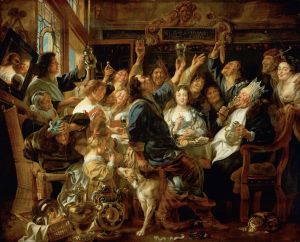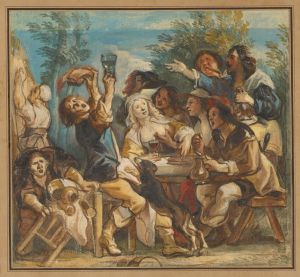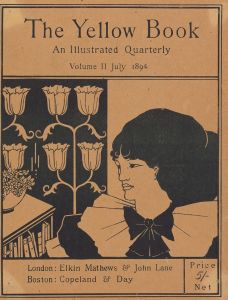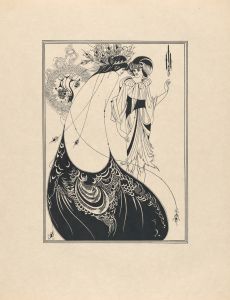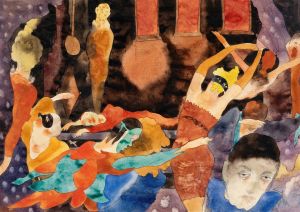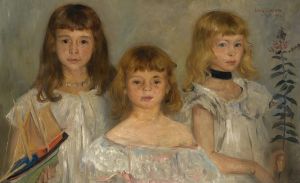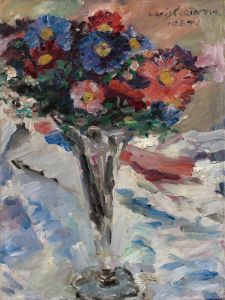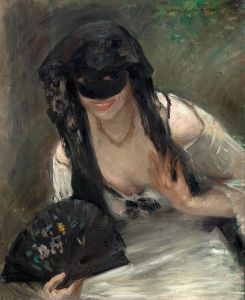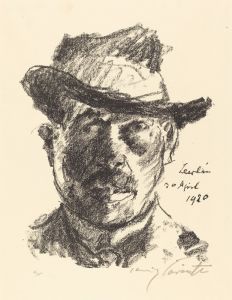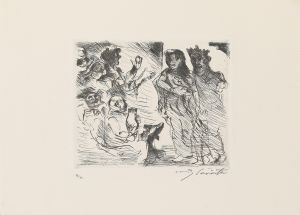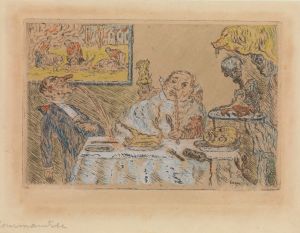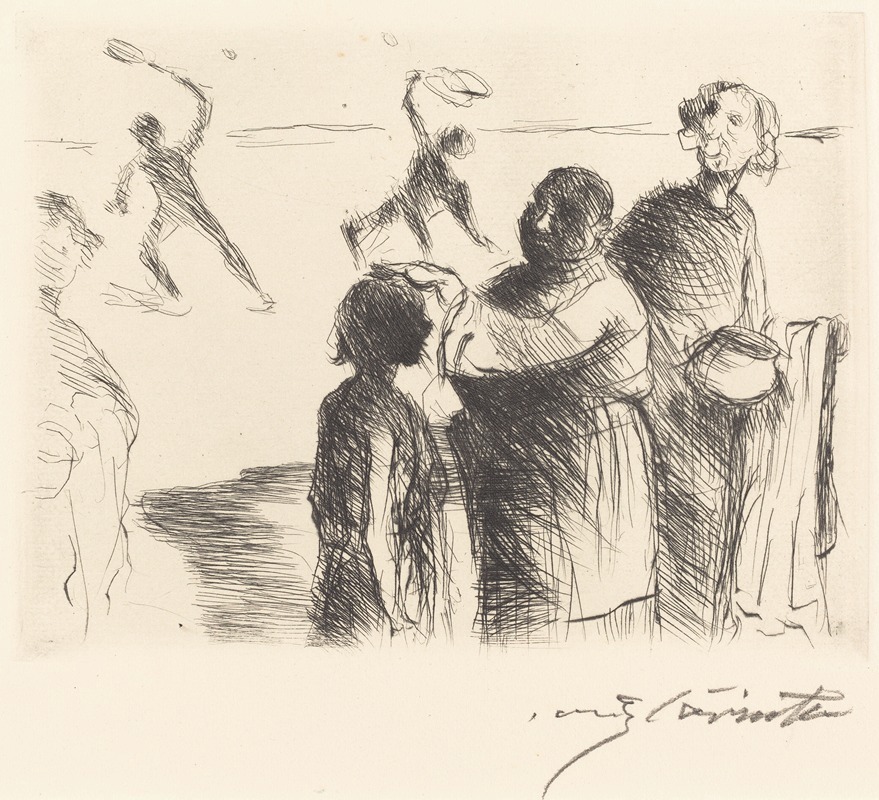
The Banquet of Trimalchio – pl.II
A hand-painted replica of Lovis Corinth’s masterpiece The Banquet of Trimalchio – pl.II, meticulously crafted by professional artists to capture the true essence of the original. Each piece is created with museum-quality canvas and rare mineral pigments, carefully painted by experienced artists with delicate brushstrokes and rich, layered colors to perfectly recreate the texture of the original artwork. Unlike machine-printed reproductions, this hand-painted version brings the painting to life, infused with the artist’s emotions and skill in every stroke. Whether for personal collection or home decoration, it instantly elevates the artistic atmosphere of any space.
"The Banquet of Trimalchio – pl.II" is a painting by the German artist Lovis Corinth, created in 1899. Lovis Corinth (1858-1925) was a prominent figure in the German art scene and is known for his contributions to the Impressionist and later Expressionist movements. His works often explore themes of mythology, history, and contemporary life, characterized by vigorous brushwork and vibrant color palettes.
"The Banquet of Trimalchio – pl.II" is part of a series of works inspired by the "Satyricon," a Latin work of fiction believed to have been written by Gaius Petronius during the reign of Emperor Nero in the 1st century AD. The "Satyricon" is a satirical novel that provides a vivid depiction of Roman society, and one of its most famous sections is the "Cena Trimalchionis" or "The Banquet of Trimalchio." This section describes an extravagant and decadent feast hosted by Trimalchio, a wealthy freedman, showcasing the excesses and absurdities of Roman luxury and social climbing.
Corinth's interpretation of "The Banquet of Trimalchio" captures the opulence and chaotic energy of the scene. The painting depicts a lavish banquet setting, filled with numerous figures engaged in various activities, from eating and drinking to conversing and reveling. The composition is dynamic, with a sense of movement and interaction among the characters, reflecting the lively and often grotesque nature of Trimalchio's feast as described in the "Satyricon."
The artist's use of color and light in "The Banquet of Trimalchio – pl.II" enhances the sense of extravagance and excess. Rich, warm tones dominate the canvas, creating a sumptuous atmosphere. Corinth's brushwork is loose and expressive, contributing to the overall sense of vitality and chaos. The figures are rendered with a degree of realism, yet there is also a hint of caricature in their exaggerated expressions and poses, emphasizing the satirical nature of the subject matter.
Lovis Corinth's interest in classical themes and his ability to reinterpret them through a modern lens is evident in this work. "The Banquet of Trimalchio – pl.II" not only showcases his technical skill and artistic vision but also reflects his engagement with literary sources and his ability to translate them into compelling visual narratives.
Throughout his career, Corinth produced a diverse body of work, including portraits, landscapes, and historical scenes. His style evolved over time, moving from a more traditional academic approach to a freer, more expressive technique. Despite facing personal challenges, including a stroke in 1911 that temporarily impaired his ability to paint, Corinth continued to create impactful art until his death in 1925.
"The Banquet of Trimalchio – pl.II" remains an important example of Corinth's work, illustrating his mastery of composition, color, and narrative. It is a testament to his ability to capture the essence of a literary source and transform it into a vivid and engaging visual experience. This painting, along with others in the series, contributes to our understanding of Corinth's artistic legacy and his place within the broader context of late 19th and early 20th-century European art.





